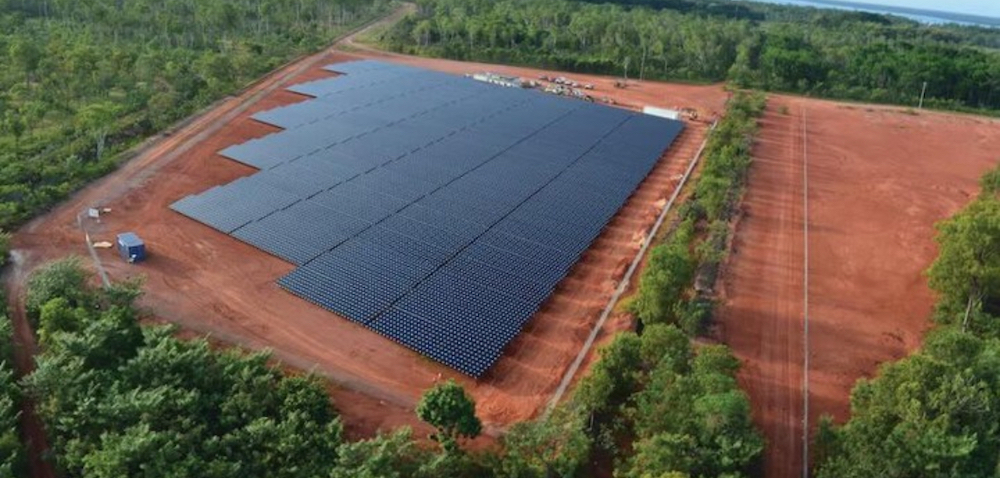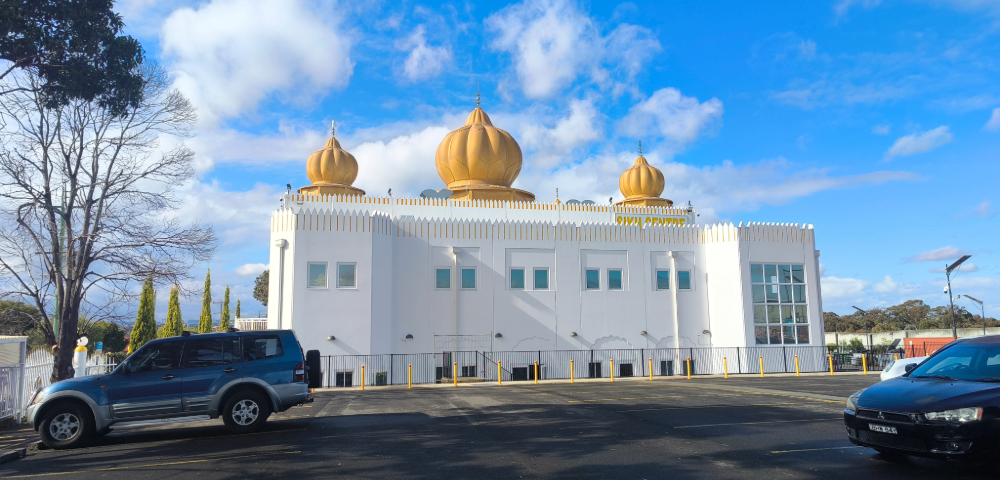

A national stewardship scheme for solar panels and their life management is being developed in NSW by Commonwealth, state and territory governments after predictions for future landfill skyrocket.
Annual solar panel waste volumes are expected to double across Australia within five years, as massive surges of waste increasing in metropolitan cities and regional are expected to fuel the impacts of landfill across Australia.
Surges of waste across Australia begin from 59,340 tonnes in 2025 to 91,165 tonnes in 2030, as estimated as solar panel remanufacturing and recycling rates decline amongst landfills easier alternative.
The Smart energy Council established that more than one third of solar panels could be reused, calling for an improved end of life management on large and small scales.
Energy ministers complied that NSW will headline the preliminary work to reuse and recycle social panels, alongside associating jurisdictions to compose drafts for further evaluation. The draft will conclude options for the stewardship scheme and could catalyse a reuse and recycling sector for solar panels and additional energy sources.
Smart Energy Council CEO, John Grimes said, “It’s been a decade since the federal government acknowledged solar panels going into landfill was a problem. Now, four million panels are coming off roofs a year with less than 5% being recycled.”
More than 95% of solar panels materials reused under new scheme
With the NSW scheme implemented, more than 95% of materials from solar panels are to be recycled, with additional valuable materials including aluminium, glass, silver, copper, and silicon being prepared for reuse.
With the proposed reuse and recycle scheme, it can contribute and produce 24 gigawatts of energy by 2024, which is enough energy to successfully power over six million homes a year.
Minister for Energy and the Environment, Penny Sharpe said, “We are proud to be leading the charge to create a unified approach to solar panel waste management and recycling.”
The forward step towards environmental sustainability will make immense changes within the workforce, as the scheme will regulate more employment opportunities for Australians within the renewal energy sector.
Australian Manufacturing Workers’ Union NSW/ACT State Secretary Brad Pidgeon said, “Remanufacturing and recycling panels here means more onshore work in the renewable energy supply chain instead of shipping valuable materials offshore or losing them as waste.”
The Australian renewable energy group Solar Citizens prioritises clean energy which sustains the force of reuse and recycling to protect the land that we live upon, safeguarding the soil for the past and future generations.
With strong community driven connections, the activist group is driven by sustainable ways to reproduce and limit waste, with CEO Heidi Lee Douglas saying that “we need second life options for rooftop solar panels as well as solar panel recycling schemes in Australia.”
“Australia is a rooftop solar success but as panels reach end of life, or residents and businesses upgrade to bigger systems, solar panels could either find a second life as a whole unit or their valuable materials can be extracted for reuse as part of a circular economy.”
The next steps forward to improve solar wastage will consist of outlining ways to safety and effectively manage solar materials after the lifespan.
The proposed scheme will not only decrease materials within landfill, but it will efficiently improve the economy through its readmission of materials, economic benefit and availability for Australians to join the workforce.










Leave a Reply